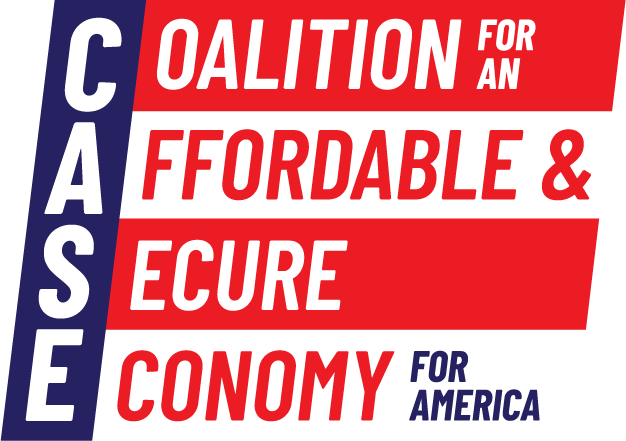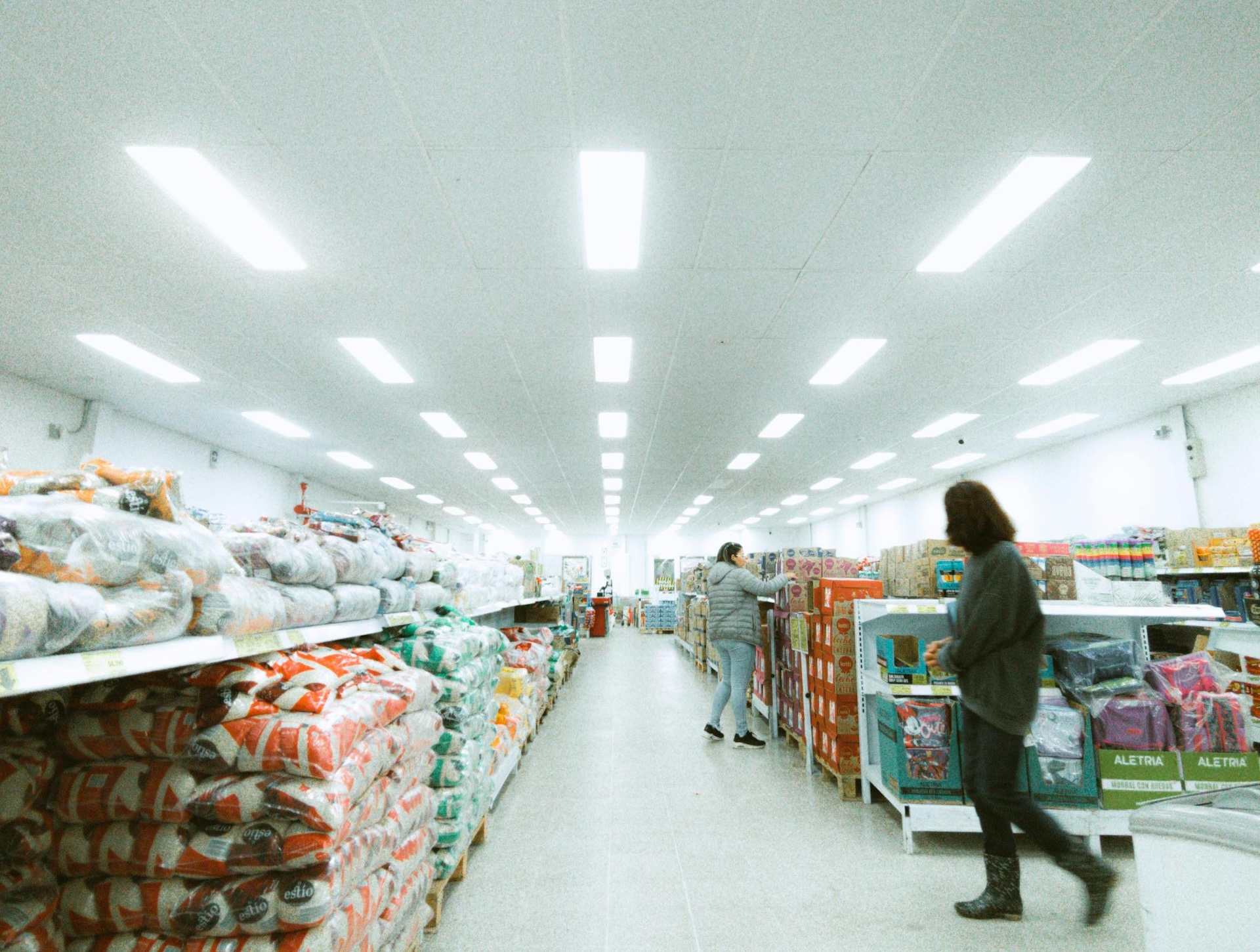New Tariffs Are Added on Top of Existing Tariffs, Leading To Higher Costs for Consumer Products
While headlines highlight the possibility of new tariffs on thousands of consumer goods, many Americans don’t know that these tariffs are stacked on top of existing tariffs. What does that mean to the everyday consumer? For starters, price increases on a host of daily household items.
Twenty-five percent tariffs on countries and commodities have been the primary focus in trade news in recent weeks, but in reality, these new tariffs are stacking on top of existing tariffs, and the result is a combined tariff as high as 75% on thousands of consumer goods and counting. Most imports of consumer goods into the United States already have base duties that can be up to 30% or more.
The multitude of tariffs that have been levied so far this year – from household products containing steel and aluminum to goods from Mexico, Canada and China – stack on top of each other and already existing tariffs, resulting in a significantly increase to the total tariff applied to those products.
A portable griddle, for example, went from a tariff rate of 5.7% to 75.7% after factoring in two different tariffs – Section 301 tariffs and International Emergency Economic Powers Act (IEEPA) tariffs – levied on China, plus recently announced steel and aluminum tariffs that impact household goods.
Here’s the breakdown on what tariffs are already applied to the average backyard BBQ grill:
| Base Duty | China 301 | China IEEPA | Steel & Aluminum 232 | Total Duty |
| 5.7% | 25.0% | 20.0% | 25.0% | 75.7% |
The math is simple. A 75.7% tariff means a $90 backyard grill could cost up to $67.50 more – for a total of$157.50.
Bottom line: Stacked tariffs will lead to price increases that hurt the pocketbooks of American households.
Other products that could see price hikes from stacked tariffs, include propane grills, ladders, cookware, mixing bowls, trash cans, tools, knives, furniture, luggage, clocks, apparel, glassware and more.
Total duties have skyrocketed as high as 77.8% on knives and household tools, 72.5% on ladders and 70% on propane grills.
When tariffs are stacked, American families are the ones that suffer the consequences by paying higher prices for the products they need and use every day. Tariffs are paid by the U.S. importer who passes the cost increase to the end consumer.
Consumers are feeling the pain of high costs. Consumer sentiment plunged to 57.9, a two-and-a-half-year low, this month. Surveyors of the University of Michigan noted that the dip in sentiment and inflation expectations was felt across political party affiliations. Republican consumers in particular recorded a 10% drop in their economic outlook expectations.
Americans want lower prices and need policies that reduce costs and make everyday goods affordable.
Next time you see the news that a 25% tariff is being implemented on a good or country, remember that the odds are that the new tariffs will be stacked on top of existing tariffs, making household goods more expensive for American families.

